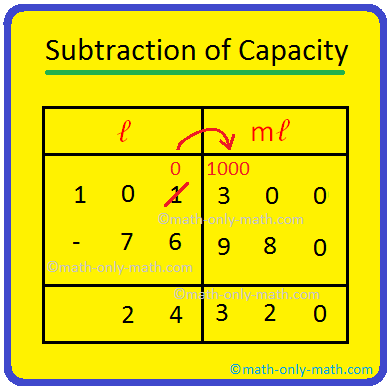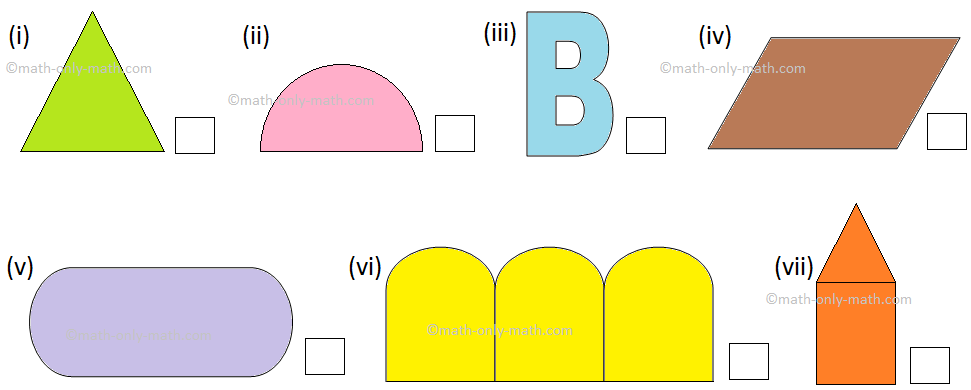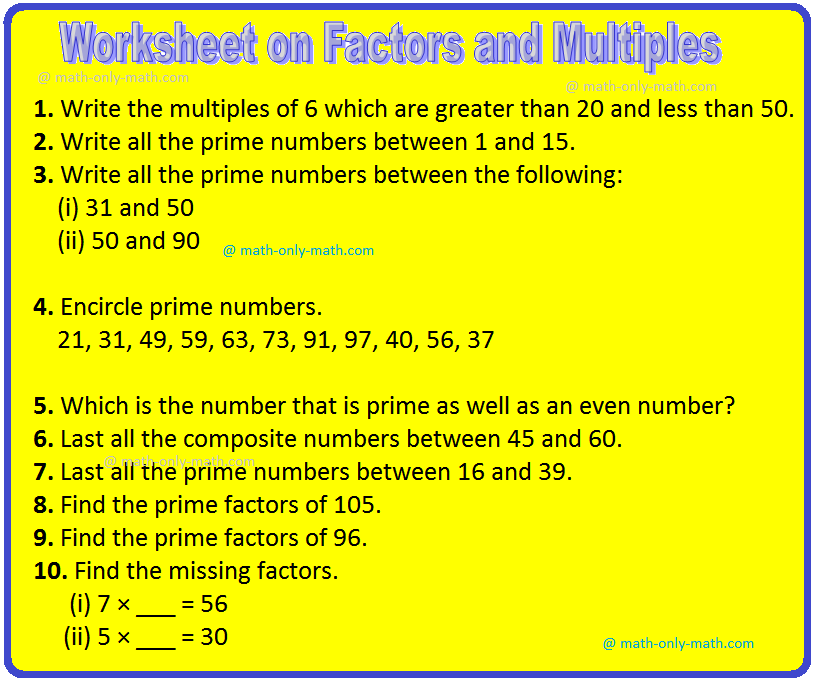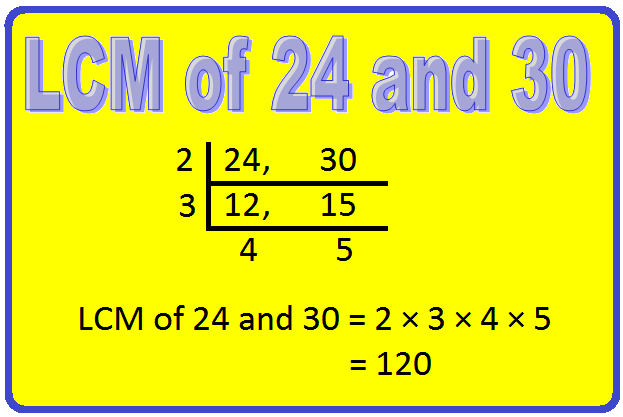Subtraction of Capacity
In subtraction of capacity we will learn how to find the difference between the units of capacity and volume. While subtracting we need to follow that the units of capacity i.e., liter and milliliter are converted into milliliters before subtraction and then follow the simple subtraction process.
We will learn two different methods to solve subtraction using the standard unit and smaller unit of capacity. Students can practice both the methods.
(i) Subtracting units with conversion into milliliter
(ii) Subtracting units without conversion into milliliter
We can subtract units of capacity measures just like ordinary numbers.
Worked-out examples on subtraction of capacity:
1. Subtract 6 l 250 ml from 15 l 500 ml
Solution:
Method 1 (with conversion into milliliter):
We know, 1 liter = 1000 milliliters
Now liter and milliliter are converted into milliliters before doing subtraction and then we need to follow the simple subtraction process.
6 l 250 ml = (6 × 1000) ml + 250 ml = 6000 ml + 250 ml = 6250 milliliters
15 l 500 ml = (15 × 1000) ml + 500 ml = 15000 ml + 500 ml = 15500 milliliters
Now difference is,
15500 ml
- 6250 ml
9250 ml
= 9 l 250 ml
Therefore, 15 l 500 ml - 6 l 250 ml = 9 l 250 ml
Method 2 (without conversion into milliliter):
Here liter and milliliter are arranged in different columns and then subtract like ordinary numbers.
Follow the steps:
(i) Liter and milliliter are arranged in columns
(ii) 500 ml - 250 ml = 250 ml
(iii) 15 l - 6 l = 9 l
l ml
15 500
- 6 250
9 250
= 9 l 250 ml
Therefore, difference of 6 l 250 ml from 15 l 500 ml = 9 l 250 ml
2. Subtract 6 l 650 ml from 18 l 875 ml
Solution:
Method 1 (with conversion into milliliter):
We know, 1 liter = 1000 milliliters
Now liter and milliliter are converted into milliliters before doing subtraction and then we need to follow the simple subtraction process.
6 l 650 ml = (6 × 1000) ml + 650 ml = 6000 ml + 650 ml = 6650 milliliters
18 l 875 ml = (18 × 1000) ml + 875 ml = 18000 ml + 875 ml = 18875 milliliters
Now difference is, 18875 ml
- 6650 ml
12225 ml
= 12 l 225 ml
Therefore, 18 l 875 ml - 6 l 650 ml = 12 l 225 m
Method 2 (without conversion into milliliter):
Here liter and milliliter are arranged in different columns and then subtract like ordinary numbers.
Follow the steps:
(i) Liter and milliliter are arranged in columns
(ii) 875 ml - 650 ml = 225 ml
(iii) 18 l - 6 l = 12 l
l ml
18 875
- 6 650
12 225
= 12 l 225 ml
Therefore, difference of 6 l 650 ml from 18 l 875 ml = 12 l 225 ml
More solved examples on subtraction of capacity where the method is mentioned in the given question.
3. Subtract 7 l 850 ml from 19 l 375 ml without conversion into milliliter.
Solution:
Without conversion into milliliter here liter and milliliter are arranged in different columns and then subtract like ordinary numbers.
Follow the steps:
(i) Liter and milliliter are arranged in columns
(ii) 850 ml - 375 ml, so 1 l from 19 l is borrowed and added to 375 ml
1 l + 375 ml = 1375 ml
1375 ml - 850 ml = 525 ml
(iii) 19 l reduce into 18 l
18 l - 7 l = 11 l
l ml
1 1000
19 375
- 7 850
11 525
= 11 l 525 ml
Therefore, difference of 7 l 850 ml from 19 l 375 ml = 11 l 525 ml
4. Subtract 4 l 250 ml from 13 l 750 ml with conversion into milliliter.
Solution:
With conversion into milliliter we will do simple subtraction.
We know, 1 liter = 1000 milliliters
Now liter and milliliter are converted into milliliters before doing subtraction and then we need to follow the simple subtraction process.
4 l 250 ml = (4 × 1000) ml + 250 ml = 4000 ml + 250 ml = 4250 milliliters
13 l 750 ml = (13 × 1000) ml + 750 ml = 13000 ml + 750 ml = 13750 milliliters
Now difference is,
13750 ml
- 4250 ml
9500 ml
= 9 l 500 ml
Therefore, 13 l 750 ml - 4 l 250 ml = 9 l 500 ml
5. Subtract 76 l 980 ml from 101 l 300 ml.
Solution:
|
Arrange the numbers vertically. First subtract the ml Since, 980 ml > 300 ml, we cannot subtract. We borrow 1 l and subtract 980 from 1300. 1300 – 980 = 320 ml, write 320 under ml column. Subtract liters. 100 – 76 = 24 l Write 24 under liters column. |
Hence, 101 l 300 ml – 76 l 980 ml = 24 l 320 ml
To subtract, write the number of mℓ and ℓ in separate columns then subtract like ordinary numbers starting from the right.
6. Subtract 22 ℓ 20 mℓ from 45 ℓ 60 mℓ.
ℓ mℓ
45 60
- 22 20
23 40
Answer: 23 ℓ 40 mℓ
7. Subtract 268 ℓ 994 mℓ from 866 ℓ 793 mℓ.
ℓ mℓ
7 15 15 16 18 13
8 6 6 7 9 3
- 2 6 8 9 9 4
___5 9 7 7 9 9
Answer: 597 ℓ 799 mℓ
Word problems on subtraction of capacity and volume:
8. Olivia purchased 7 l 500 ml of milk. She consumed 3 l 700 ml of milk during the day. How much milk was left?
Solution:
Quantity of milk purchased = 7 l 500 ml
Quantity of milk consumed = 3 l 700 ml
Therefore, quantity of milk left = 3 l 800 ml
The above problems on subtraction of capacity and volume will help the students to practice the worksheet on subtracting the different units with conversion or without conversion.
Questions and Answers on Subtraction of Capacity:
I. Subtract the following:
(i) 24 l 445 ml – 14 l 134 ml
(ii) 65 l 109 ml – 42 l 813 ml
(iii) 74 l 340 ml – 51 l 250 ml
(iv) 90 l 000 ml – 42 l 056 ml
(v) 81 l 550 ml - 62 l 125 ml
(vi) 72 l 160 ml – 54 l 320 ml
Answers:
I. (i) 10 l 311 ml
(ii) 22 l 296 ml
(iii) 23 l 90 ml
(iv) 47 l 944 ml
(v) 19 l 425 ml
(vi) 17 l 840 ml
II. Subtract the following:
|
(i) |
mℓ ℓ 93 55 - 61 40 _ _______ _ |
(ii) |
mℓ ℓ 47 08 - 16 00 _ _______ _ |
|
(iii) |
mℓ ℓ 36 67 - 22 35 _ _______ _ |
(iv) |
mℓ ℓ 92 92 - 71 31 _ _______ _ |
|
(v) |
mℓ ℓ 54 95 - 21 70 _ _______ _ |
(vi) |
mℓ ℓ 36 39 - 25 08 _ _______ _ |
|
(vii) |
mℓ ℓ 89 72 - 68 20 _ _______ _ |
(viii) |
mℓ ℓ 84 97 - 30 75 _ _______ _ |
|
(ix) |
mℓ ℓ 190 975 - 84 750 _______ _ |
(x) |
mℓ ℓ 403 320 - 159 456 _______ _ |
|
(xi) |
mℓ ℓ 920 975 - 700 716 _______ _ |
(xii) |
mℓ ℓ 400 925 - 200 746 _______ _ |
|
(xiii) |
mℓ ℓ 513 777 - 218 969 _______ _ |
(xiv) |
mℓ ℓ 403 320 - 159 456 _______ _ |
|
(xv) |
mℓ ℓ 243 765 - 142 762 _______ _ |
(xvi) |
mℓ ℓ 780 385 - 599 462 _______ _ |
Answer:
II. (i) 32 ℓ 15 mℓ
(ii) 31 ℓ 8 mℓ
(iii) 14 ℓ 32 mℓ
(iv) 21 ℓ 61 mℓ
(v) 33 ℓ 25 mℓ
(vi) 11 ℓ 31 mℓ
(vii) 21 ℓ 52 mℓ
(viii) 54 ℓ 22 mℓ
(ix) 106 ℓ 225 mℓ
(x) 243 ℓ 864 mℓ
(xi) 220 ℓ 259 mℓ
(xii) 200 ℓ 179 mℓ
(xiii) 294 ℓ 808 mℓ
(xiv) 243 ℓ 864 mℓ
(xv) 101 ℓ 3 mℓ
(xvi) 180 ℓ 923 mℓ
● Related Concepts
● Conversion of Standard Unit of Capacity
From Subtraction of Capacity to HOME PAGE
Didn't find what you were looking for? Or want to know more information about Math Only Math. Use this Google Search to find what you need.
Recent Articles
-
Time Duration |How to Calculate the Time Duration (in Hours & Minutes)
Apr 16, 24 02:19 AM
We will learn how to calculate the time duration in minutes and in hours. Time Duration (in minutes) Ron and Clara play badminton every evening. Yesterday, their game started at 5 : 15 p.m. -
Worksheet on Third Grade Geometrical Shapes | Questions on Geometry
Apr 16, 24 02:00 AM
Practice the math worksheet on third grade geometrical shapes. The questions will help the students to get prepared for the third grade geometry test. 1. Name the types of surfaces that you know. 2. W… -
4th Grade Mental Math on Factors and Multiples |Worksheet with Answers
Apr 16, 24 01:15 AM
In 4th grade mental math on factors and multiples students can practice different questions on prime numbers, properties of prime numbers, factors, properties of factors, even numbers, odd numbers, pr… -
Worksheet on Factors and Multiples | Find the Missing Factors | Answer
Apr 15, 24 11:30 PM
Practice the questions given in the worksheet on factors and multiples. 1. Find out the even numbers. 27, 36, 48, 125, 360, 453, 518, 423, 54, 58, 917, 186, 423, 928, 358 2. Find out the odd numbers. -
Method of L.C.M. | Finding L.C.M. | Smallest Common Multiple | Common
Apr 15, 24 02:33 PM
We will discuss here about the method of l.c.m. (least common multiple). Let us consider the numbers 8, 12 and 16. Multiples of 8 are → 8, 16, 24, 32, 40, 48, 56, 64, 72, 80, 88, 96, ......





